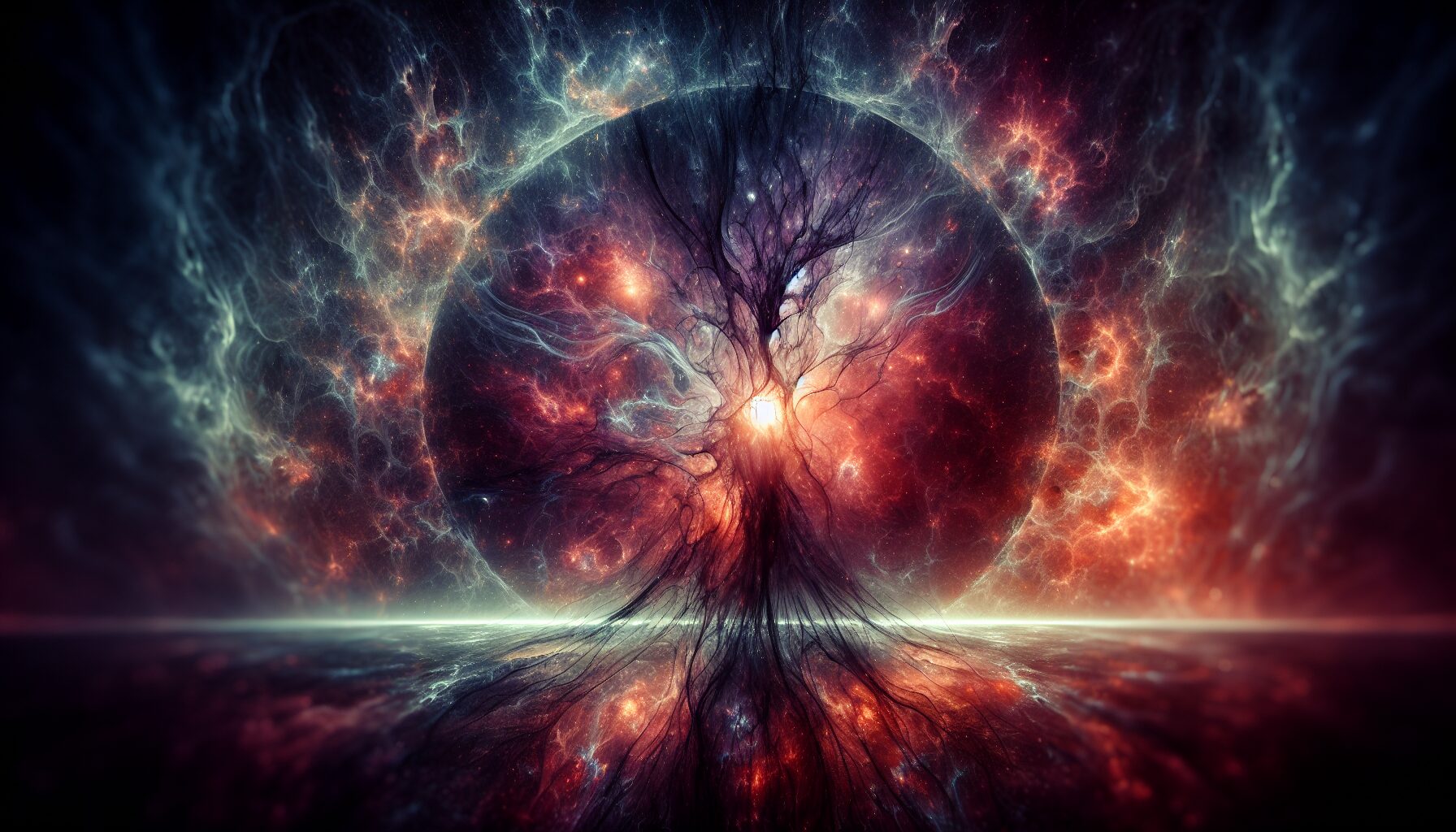The Obscure Muse – Inspiration from Darkness
Throughout history, artists, writers, and musicians have often turned to the shadows of the human experience to find inspiration. Darkness, both literal and metaphorical, serves as a unique catalyst for creativity, offering depth and complexity that light cannot always provide. This article delves into the concept of the ‘obscure muse’ and explores how the darker elements of life fuel some of the most profound and enduring works of art.
The Allure of Darkness
Darkness has a magnetic allure that artists have been drawn to for centuries. Edgar Allan Poe, a master of the macabre, once wrote, “Deep into that darkness peering, long I stood there, wondering, fearing, doubting, dreaming dreams no mortal ever dared to dream before.” This quote encapsulates the irresistible pull of the unknown and the mysterious, which can be both terrifying and deeply inspiring.
- Emotional Depth: Dark themes allow artists to explore intense emotions such as fear, despair, and melancholy, leading to works that resonate on a more profound level.
- Contrast and Balance: By exploring the dark, artists can create contrast with lighter themes, offering a balanced perspective on the human experience.
- Catharsis: Engaging with dark themes can provide a cathartic release for both the creator and the audience, transforming pain into art.
Artistic Expressions from the Shadows
Various art forms have uniquely interpreted the themes of darkness. From literature to visual arts and music, the following examples highlight how artists have embraced the obscure muse.
I have been half in love with easeful Death,
Call’d him soft names in many a mused rhyme,
To take into the air my quiet breath;
Now more than ever seems it rich to die,
—John Keats, Ode to a Nightingale
Literature
From ancient tragedies to modern horror novels, literature has long drawn upon themes of darkness. Authors like Mary Shelley, with her groundbreaking novel Frankenstein, have used the gothic to explore human nature and its limits.
Visual Arts
In the visual arts, chiaroscuro—a technique that uses strong contrasts between light and dark—has been employed by masters like Caravaggio to enhance the emotional impact of their work. Such techniques engage viewers, urging them to delve deeper into the narrative behind the image.
Music
Music also thrives on darker themes, from the somber melodies of a Beethoven symphony to the angst-ridden lyrics of rock and metal bands. These genres capture raw emotions, turning them into powerful auditory experiences.
The Therapeutic Power of Darkness
Creating or consuming art with darker themes can be a therapeutic process. Understanding and expressing the complexity of human emotions helps individuals process their own experiences. The use of darkness in art often reflects a journey toward self-discovery and healing.
- Psychological Benefits: Art therapy often incorporates dark themes to help individuals confront and work through personal issues.
- Universal Understanding: Dark-themed art can foster empathy and understanding by illustrating universal struggles.
- Personal Growth: Engaging with difficult subjects in art can promote resilience and personal growth.
Famous Works Born from Darkness
The following iconic works stand as testament to the enduring power of the obscure muse:
- Nightmare by Johann Heinrich Füssli: This eerie painting captures the tension between dream and reality, compelling viewers to confront their subconscious fears.
- The Bell Jar by Sylvia Plath: Plath’s semi-autobiographical novel dives into depression and the quest for identity, shedding light on mental illness.
- Requiem by Wolfgang Amadeus Mozart: Mozart’s final composition, this unfinished masterpiece, is imbued with a profound sense of finality and mortality.
Conclusion
The obscure muse—an inspiration drawn from darkness—remains a vital force in the arts. By exploring the shadowy aspects of life, artists can convey rich emotional landscapes and reflect the multifaceted nature of human experience. As society continues to evolve, the allure of darkness in art underscores an enduring truth: in shadows, we often find our most profound insights.

Comments